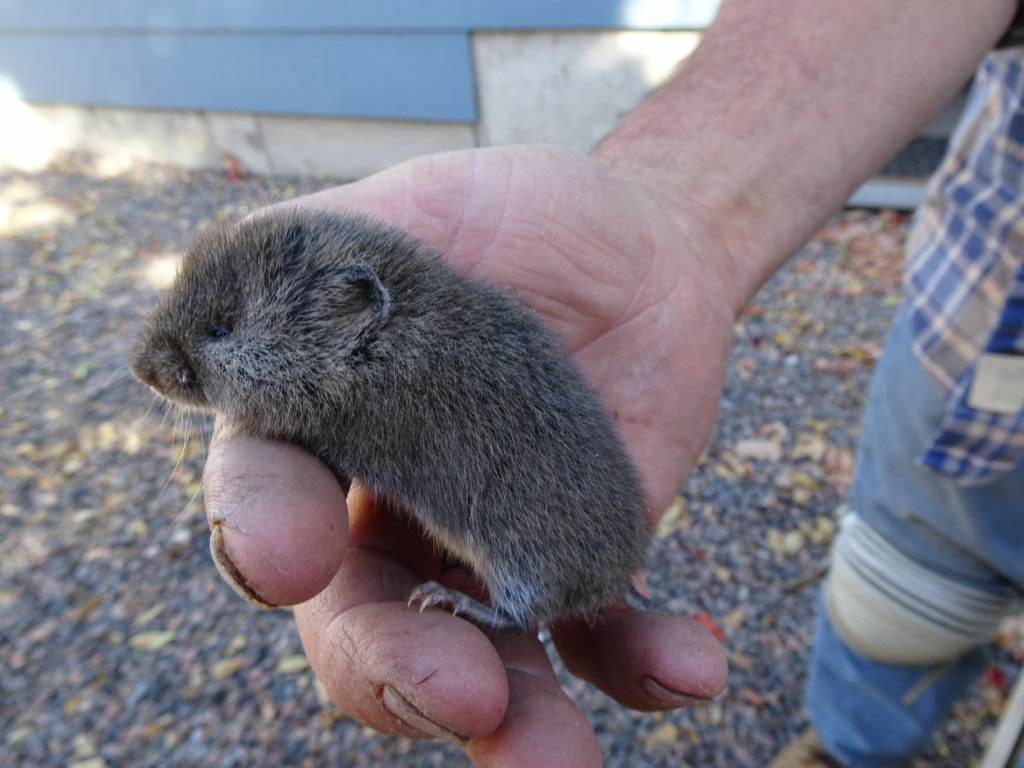Specialist Techniques for Vole Control and Avoidance
Specialist Techniques for Vole Control and Avoidance
Blog Article
Comprehensive Overview to Reliable Vole Parasite Control: Problem Recognition and Therapy Techniques
In the world of effective parasite control, vole infestations position a distinct challenge that demands a calculated approach. These tiny rats, often mistaken for mice, can wreak havoc on yards, lawns, and crops if left unchecked. Identifying the indicators of vole presence and implementing targeted treatment methods are important components of an effective parasite administration strategy. By checking out the subtleties of vole behavior, understanding essential indications of infestation, and reviewing a variety of control alternatives, one can establish a detailed technique to fight these evasive insects.
Understanding Vole Behavior
Vole habits is characterized by their delving behaviors and rapid reproduction rates, making them a difficult parasite to control efficiently. Their fast reproductive rate more complicates control efforts, with ladies capable of creating several clutters in a solitary year, each consisting of a number of spawn.
Understanding vole behavior is important for efficient parasite control methods. By identifying their burrow locations, keeping an eye on feeding areas, and carrying out targeted control methods, such as capturing or environment alteration, vole invasions can be managed successfully.
Indications of Vole Problem

Avoidance Approaches
Applying effective prevention methods is crucial in reducing vole infestations and guarding plants from their devastating feeding routines. To stop vole invasions, it is necessary to begin by eliminating prospective food resources and shelter.
Frequently inspecting the property for indications of vole activity, such as paths and tunnel openings, is crucial for early discovery and prompt action. Think about using repellents or traps strategically put near their pathways if vole activity is suspected. Employing all-natural killers like owls or snakes can likewise assist keep vole populations in check. By carrying out a mix of these avoidance garden enthusiasts, homeowners and approaches can successfully secure their greenery from vole damages.
Non-Lethal Control Methods
To properly take care of vole populaces while prioritizing gentle techniques, non-lethal control methods supply functional services for lowering vole damages in landscapes and yards. One reliable method is making use of physical obstacles such as hardware fabric or wire mesh to secure susceptible plants. These barriers can be hidden at the very least look at here 12 inches deep and bent at a 90-degree angle to protect against voles from delving beneath. Additionally, habitat adjustment can discourage voles by minimizing their favored food resources and hiding areas. Preserving a well-mowed lawn, removing debris, and maintaining vegetation trimmed can try this site make the environment less appealing to voles.

Lethal Control Options
One reliable technique for resolving vole invasions in yards and landscapes includes the critical use of dangerous control options. When faced with an extreme vole infestation that non-lethal approaches have actually stopped working to contain, implementing lethal control steps ends up being essential. On the whole, when employing dangerous control choices, it is important to do so properly and in conformity with local laws to efficiently manage vole infestations.
Final Thought
Finally, reliable vole insect control requires a detailed understanding check this site out of vole actions, identification of indications of invasion, implementation of avoidance methods, and usage of both dangerous and non-lethal control approaches. By incorporating these strategies, people can successfully handle vole populaces and safeguard their home from damages. It is necessary to resolve vole invasions immediately to avoid additional problems and minimize the effect on the surrounding atmosphere.
Provided the elaborate passage systems and quick recreation prices characteristic of voles, recognizing the signs of vole infestation comes to be essential in reliable pest control. One of the primary signs of vole visibility is the visibility of surface paths or trails in yard or snow, commonly concerning 1-2 inches broad, created as voles take a trip in between their burrows and food resources.To successfully take care of vole populaces while focusing on humane approaches, non-lethal control techniques provide practical services for minimizing vole damage in gardens and landscapes.One reliable method for dealing with vole invasions in gardens and landscapes involves the tactical usage of lethal control alternatives. vole control.In verdict, effective vole pest control calls for a comprehensive understanding of vole behavior, recognition of signs of invasion, application of prevention techniques, and use of both dangerous and non-lethal control methods
Report this page